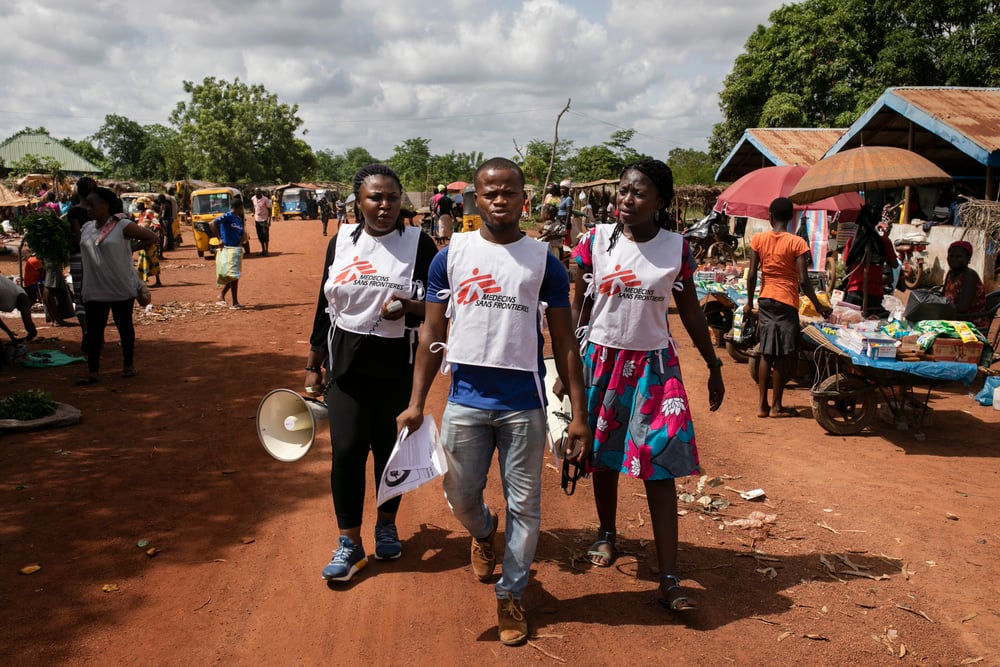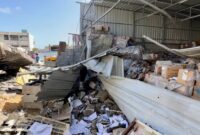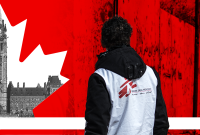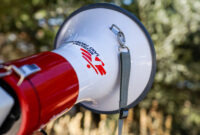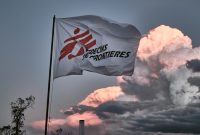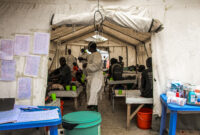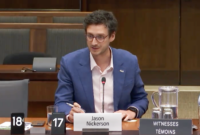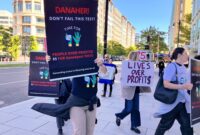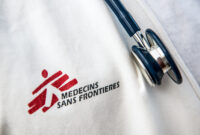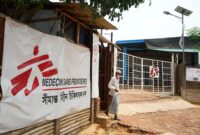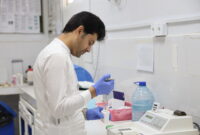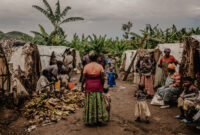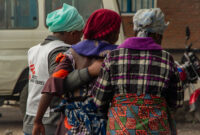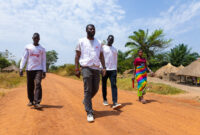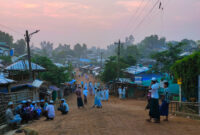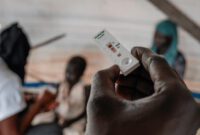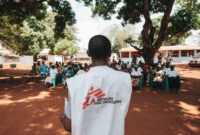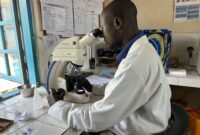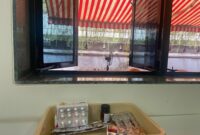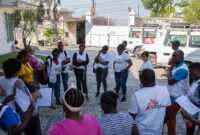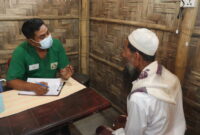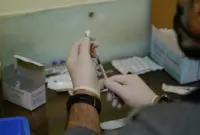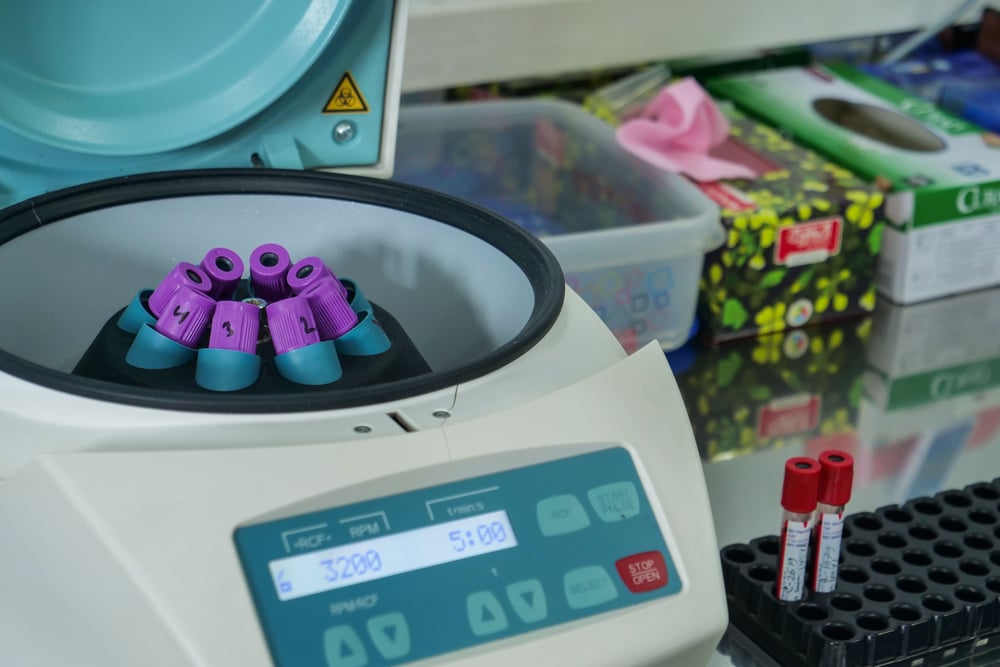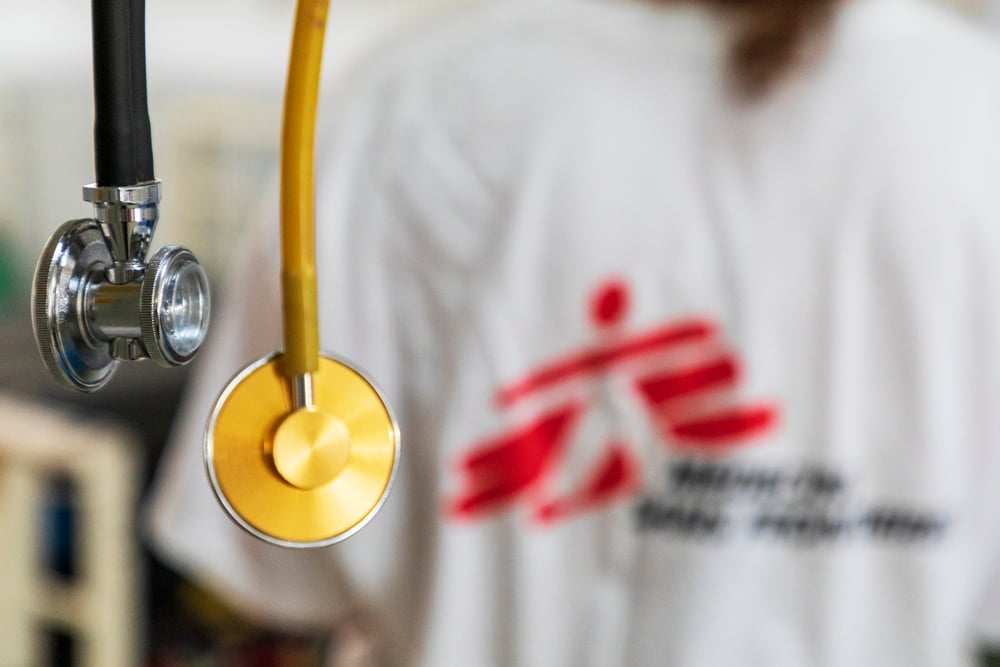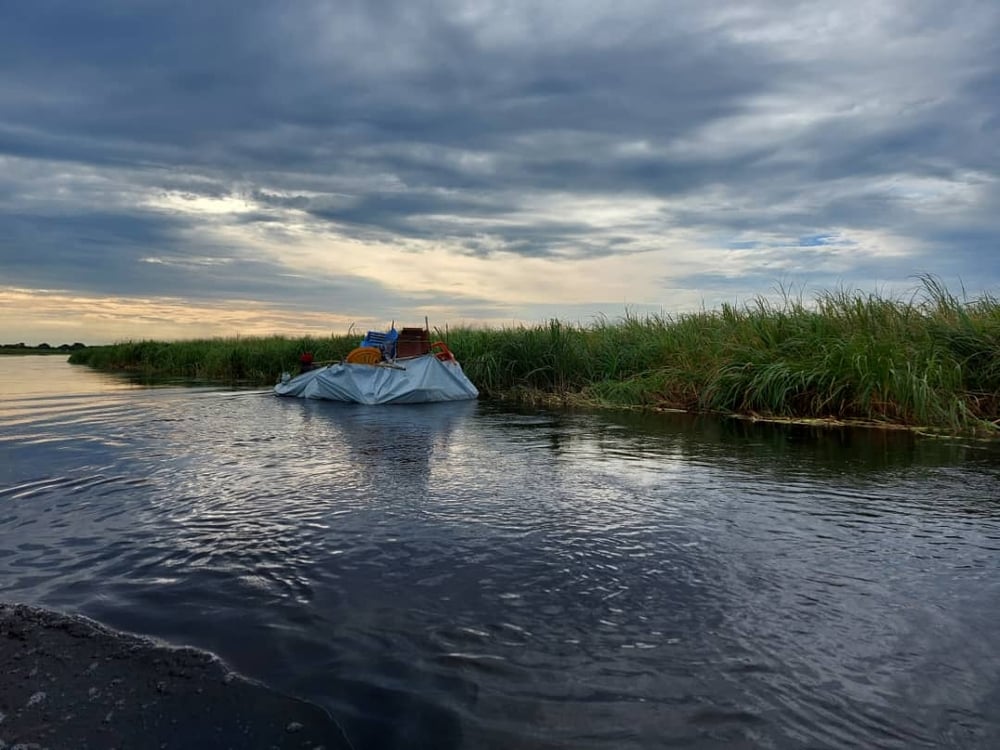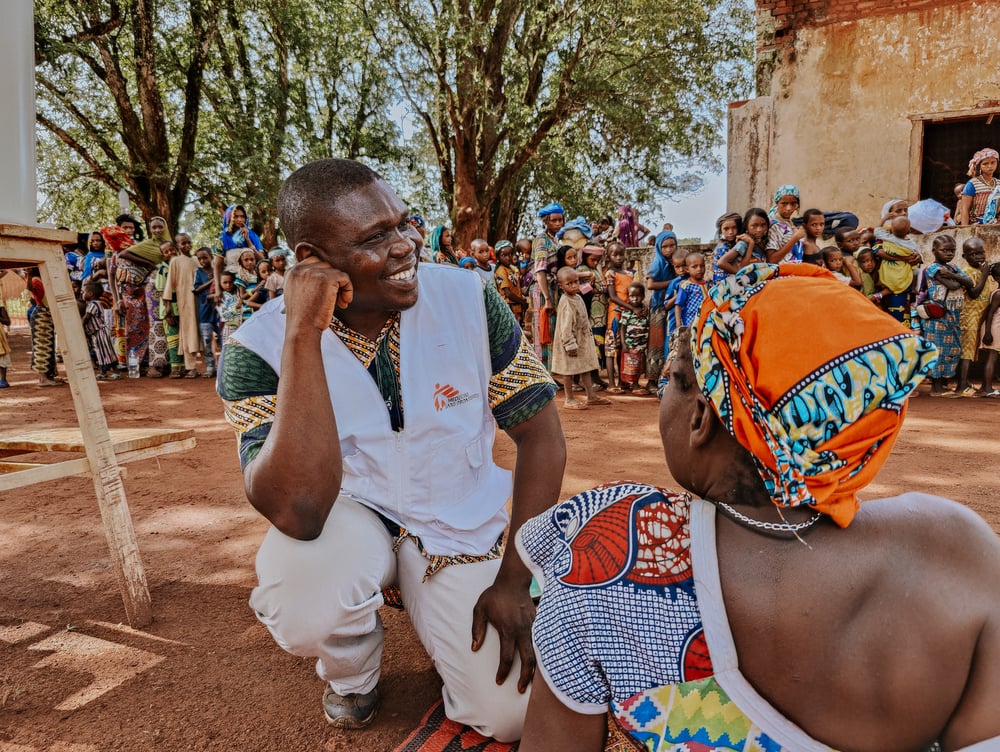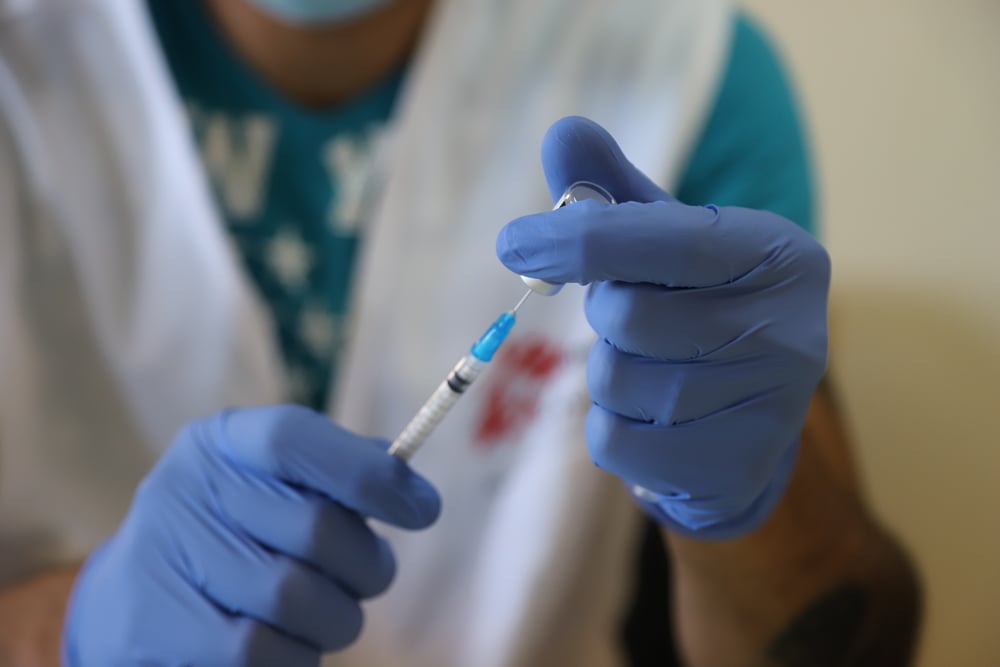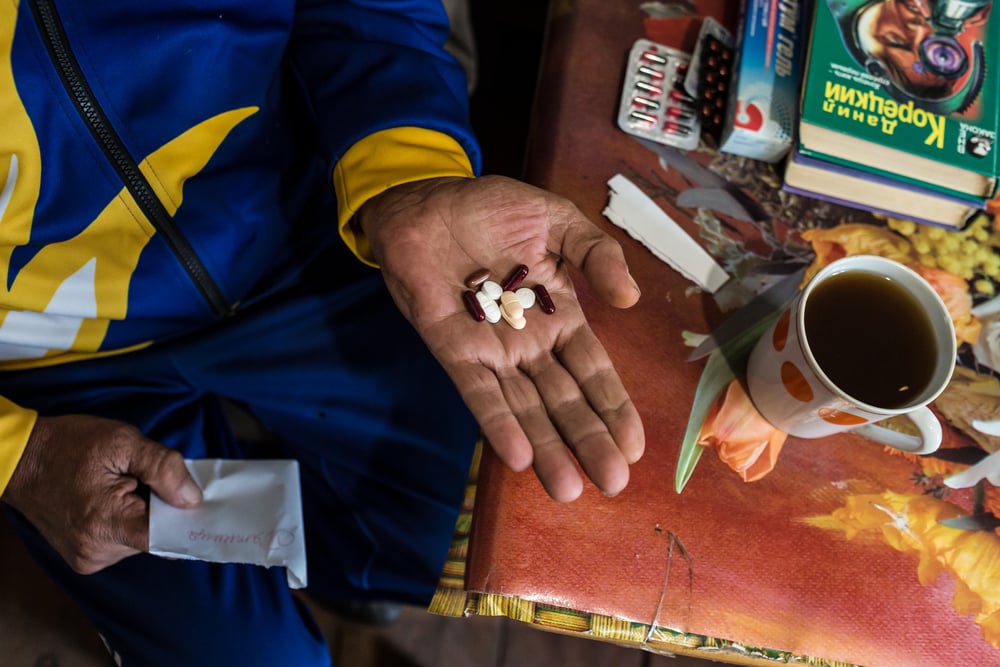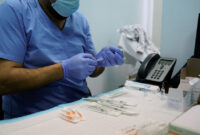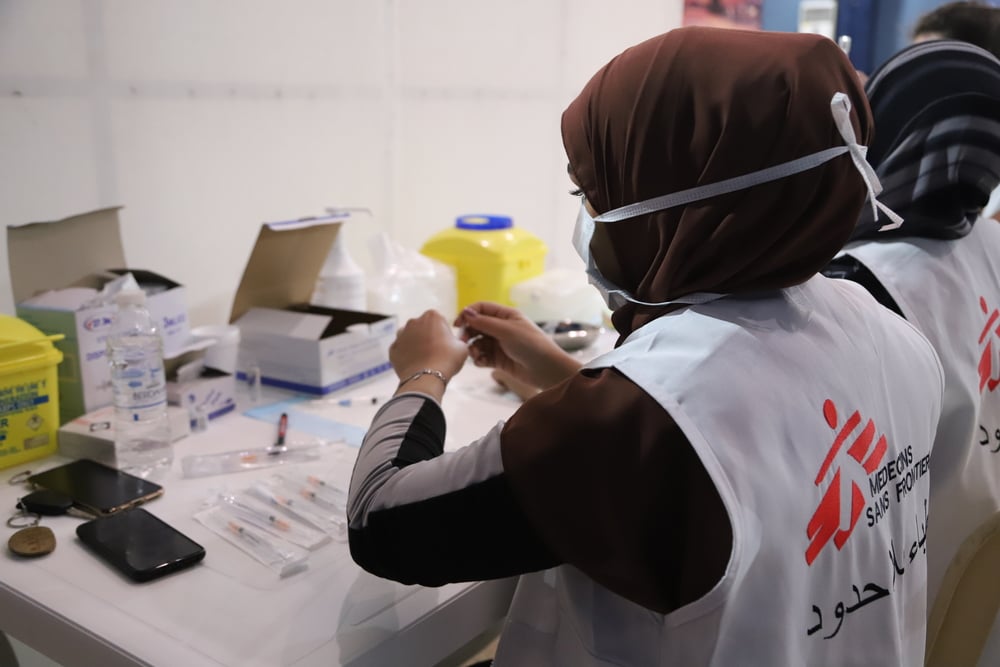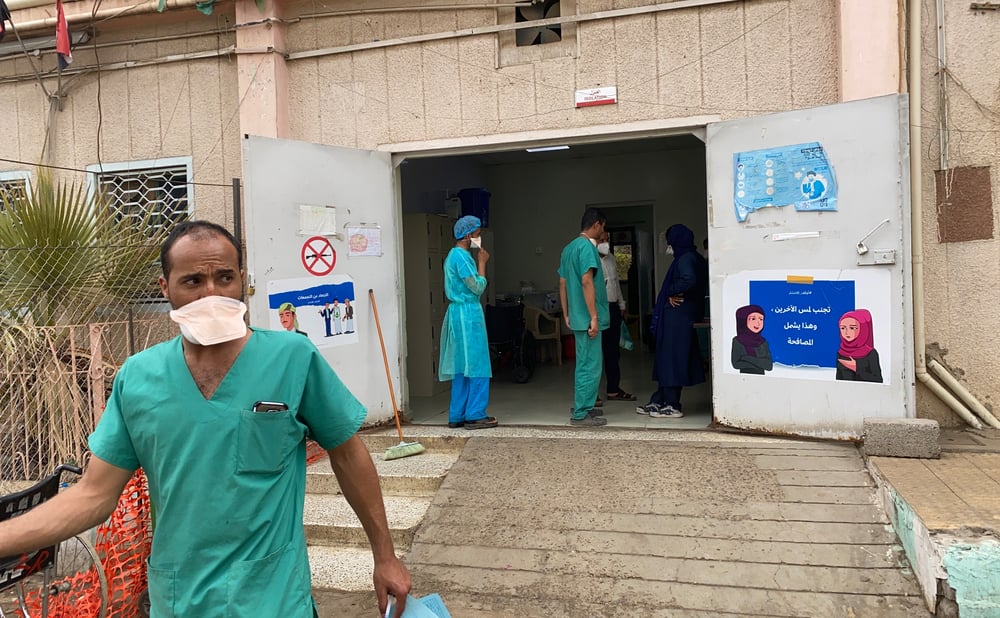Lassa Fever: Why a Pandemic-Potential Virus is Still Neglected
By Jason Nickerson, Doctors Without Borders/Médecins Sans Frontières (MSF) Humanitarian Representative to Canada.
On February 9th, the United Kingdom Health Security Agency announced two confirmed cases and one probable (since confirmed) case of Lassa fever. One of these patients has since died. Cases of Lassa fever are unusual for this part of the world – prior to these cases, only 8 cases had ever been identified in the country, with the last two in 2009. But the disease itself is far from rare – in fact, it’s endemic in parts of West Africa, and there’s an outbreak that’s been ongoing since 2017 in Nigeria with reports of much higher cases this year than in previous years. Like Ebola, it’s a viral hemorrhagic disease – and like Ebola, Canadian researchers have worked on a vaccine against the disease, though it failed to attract pharmaceutical interest and sat on a shelf for years.
Lassa is spread by a rodent that’s common in West Africa – Mastomys natalensis, or the Natal multimammate rat. These rodents can quickly reproduce, are common in places where people live, and can shed the virus throughout their lives through their urine and feces. All of this means that there are lots of opportunities for contact with humans, and lots of opportunities to spread the virus.
Human-to-human transmission of the virus is not typically how people become infected, though it can happen. Spillover from animal reservoirs – i.e. transmission from rodents to humans – is much more common. There’s a typical seasonal peak of Lassa cases that usually starts in January and ends in February or March. This peak is driven mostly by environmental factors that increase the rodent population carrying the virus, or influence the places where the rodents live – when rainy seasons end (often in late fall), the breeding season for rodents begins, and a few months later during the dry season when there’s a scarcity of food on the ground, this leads newborn rodents to seek out food in human-occupied areas. Climate change, deforestation, urban development, and other human-driven factors that change the way that humans interact with animals and the natural environment (for example, by building houses in places where none existed before), all stand to change the patterns of Lassa transmission, as well as the geographical spread and reach of the rodents carrying the virus – probably for the worse.
There’s a really unclear picture of the overall incidence of the disease. There’s a lack of formal and standard diagnostic criteria, a significant variability and severity of symptoms, and the disease also occurs in places where access to healthcare can be challenging, which makes accessing proper testing difficult. MSF’s epidemiology unit, Epicentre, is part of a team that is updating our estimates of how many cases of Lassa occur in affected regions, since the current estimates of 100,000-300,000 cases per year are now decades old. The overall case fatality rate appears to be low (approximately 1% of cases, though some estimates are up to 5,000 deaths per year), but mortality among hospitalized patients is higher, and many people have few or no symptoms at all, making case counting difficult.
Controlling the rodent population is the current strategy for tackling the disease, which has significant limitations; Lassa is a disease for which an effective vaccine could be a powerful public health tool. Despite the large public health burden, no vaccine exists – though there are several candidates under development, including one based on the rVSV platform that was pioneered at Canada’s National Microbiology Laboratory in Winnipeg; indeed, the Lassa vaccine candidate (rVSV-LASV) was discovered around the same time as the rVSV-ZEBOV Ebola single-dose vaccine that’s been shown to be highly effective in recent Ebola outbreaks. Unfortunately, like the Ebola vaccine, this Lassa vaccine candidate sat on the shelf for decades instead of being developed – until it was picked up by a not-for-profit, IAVI, with funding from another not-for-profit, CEPI, in 2018. To our knowledge, despite the large public health burden, no pharmaceutical company expressed any interest, again showing the disconnect between the profit motives of the pharmaceutical industry and the world’s public health needs (Lassa is one of the World Health Organization’s pathogens with pandemic potential, signaling it has potential to trigger a global pandemic and the world should have kicked research and development for vaccines and therapeutics into gear years ago).
There’s a strong network of clinicians and researchers in Nigeria and elsewhere who are working on Lassa, and there’s growing global interest in the development of new vaccines and therapeutics (a drug, ribavirin, is the current treatment that’s generally used but the evidence supporting its use is quite weak). This is a disease which requires more attention, and more resources, not only because there are cases identified in a high-income country, but because it’s a sound public health investment to control a disease that infects hundreds of thousands of people each year, and kills thousands, yet still lacks an effective treatment or vaccine.
